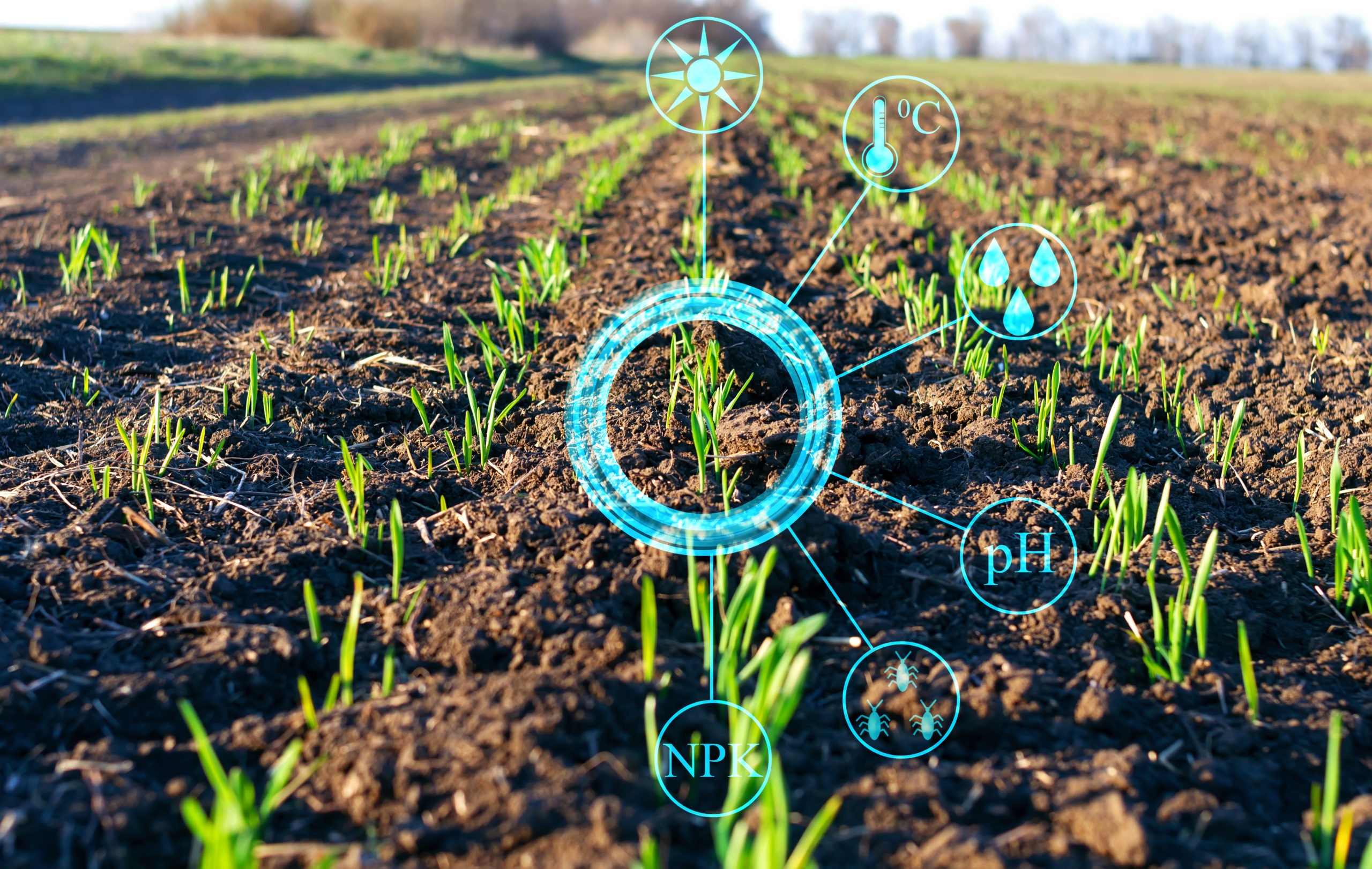Artificial Intelligence (AI) is a novel technology that’s capable of performing human tasks. AI Although the term “Artificial Intelligence” was first coined in the 1950s, the technology has gained prominence in recent times with technological advances and a rise in computing power.
Today, AI has a wide range of applications in almost every industry. And agriculture is no exception. In this blog post, we explain to you the various applications of artificial intelligence in agriculture. Also, we detail the major factors that are driving the growth of artificial intelligence in agriculture market. Continue reading!
Applications of AI in Agriculture
The agriculture sector is widely adopting AI technologies to monitor soil, control pests, and help yield healthier crops. Below, we’ve listed some of the many applications of AI in agriculture:
Use of weather forecasting
With rising pollution and changes in climatic conditions, it’s becoming increasingly difficult for farmers to determine the right seed sowing time. AI can help farmers analyze weather conditions by weather forecasting to determine the right seed sowing time.
Using drones to analyze crop health
Some artificial intelligence in agriculture market key players have introduced drone-based imaging solutions to monitor crop health. Here, the drone collects data from the fields, and the information is then transferred to experts for analysis.
Precision farming and predictive analytics
AI tools can assist farmers in precision farming by offering them guidance about crop rotation, harvesting time, optimum planting, pest attacks, and other factors. Also, it can predict weather conditions and evaluate the presence of pests or diseases.
Market Analysis and Growth Drivers
The Artificial Intelligence in Agriculture market was valued at USD 1.77 billion in 2022 and is anticipated to grow to USD 11.96 billion by 2032. The market is anticipated to exhibit a healthy CAGR of 23.7% during the forecast period.
The rising world population is one of the major factors propelling the market forward. As the world population continues to rise, there is a greater need for food production. According to projections, the world’s population will increase by approximately 2 billion people over the next few decades, reaching the 9.7 billion mark by 2050. This rise in worldwide population is anticipated to intensify the demand for increased food productivity. And AI provides the means to enhance the efficiency of agricultural operations.
Advantages of AI in Agriculture
There are numerous benefits of using AI in agriculture. Below are some of them:
Data-based decisions: Farmers and businesses in the agriculture space can use data to get insights into every detail of the farming process. That way, they can make more informed decisions.
Cost savings: Improving crop yields is one of the major goals for all farmers. Using AI and precision farming, farmers have the chance to yield more crops with fewer resources. Also, AI can help save costs by providing information on things such as the best soil management practices.
Automation: There’s no doubt that agricultural work is hard. As such, farmers often experience the problem of labor shortages. Fortunately, AI-based automation solutions developed by leading players in the artificial intelligence in agriculture market can help solve the issue without the need to hire more people.
The Predictive Analytics Segment Accounted for the Largest Revenue Share
Predictive Analytics is a facet of Artificial Intelligence that uses historical data, statistical methods, and ML algorithms to predict future events or results. In the agriculture industry, predictive analytics can assist farmers in fine-tuning their operations and making more informed decisions. Also, it can help with risk management. As a result, the segment accounted for the largest revenue share in 2022.
Conclusion
To conclude, AI has numerous use cases in the agriculture sector. It can help farmers draw data-driven insights and make intelligent choices to improve productivity. Technological progress and rising food demand are some of the primary factors driving the artificial intelligence in agriculture market growth.

